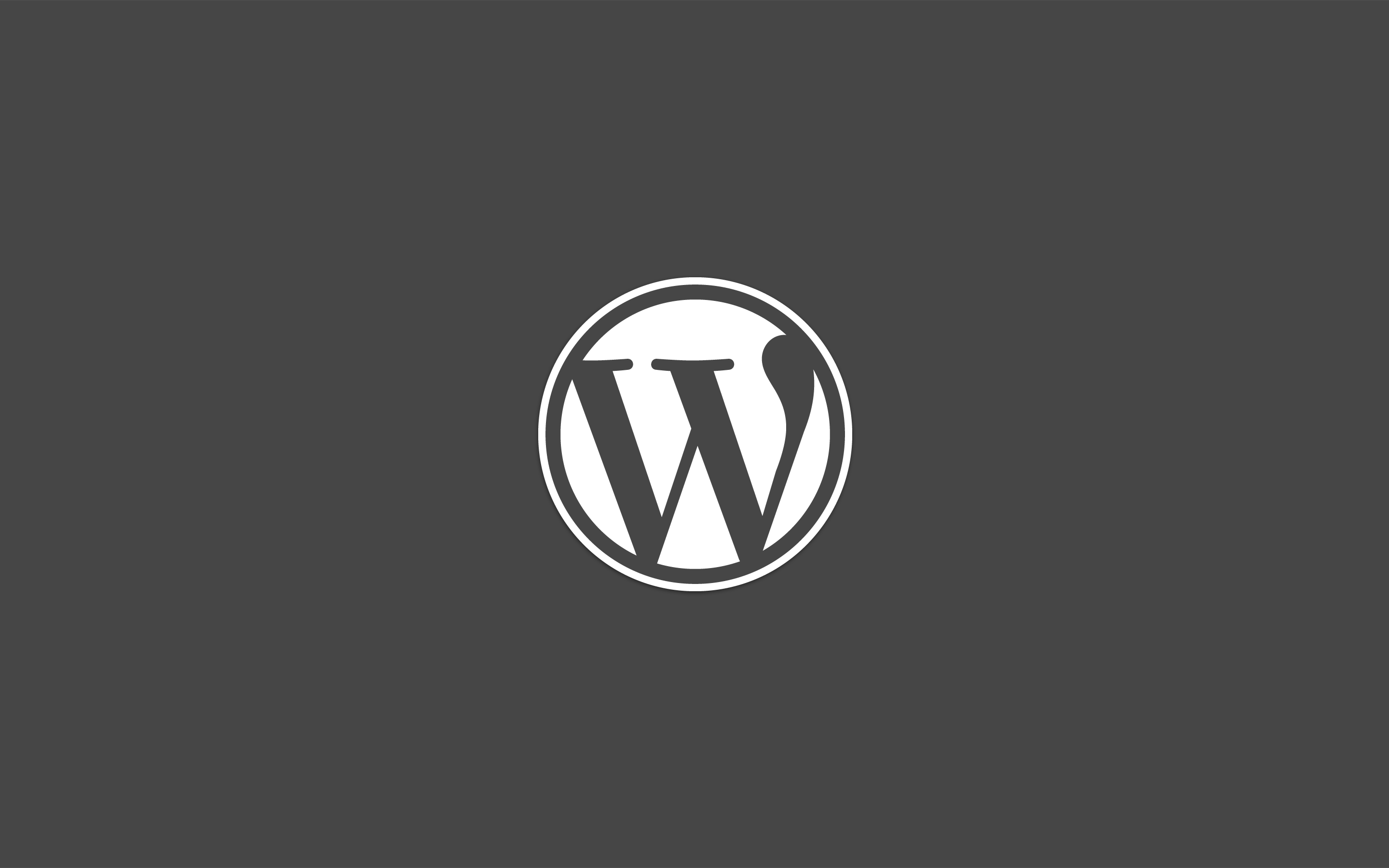
WordPress is a CMS that provides remarkable flexibility and enough under-the-hood power to run a top-100 blog. No wonder it is the world’s favorite way to manage content. But there is one thing WordPress struggles with: bloat. There’s no need to abandon all of the good qualities of this CMS, though — you just need to optimize your site to keep things running smoothly.
Here are a few tips to get you going…
1. Utilize Image Plugins
The easiest way to speed things up is to reduce the size of your images, but no-one wants to look at nasty, low-res photos. The solution is first to compress pictures, and then get WordPress to serve up images responsively — that is, bigger images for big screens, smaller images for small screens. I would personally recommend Smush.it for compression, and Hammy for responsiveness. Both are well written, and free.
2. Use a High Quality Theme
While a high quality theme will load quickly and provide customization options, a poorly written template will be slow to load and unresponsive to varying screen sizes. To be on the safe side, it is generally better to stick with themes from well-respected developers, such as ThemeZilla, WooThemes or Themes Kingdom.
You can currently get 13 gorgeous themes from Themes Kingdom in our Name Your Own Price WordPress Theme Bundle.
3. Cache, Cache, Cache
When a visitor turns up on your site, WordPress (being a dynamic CMS) has a rummage around for the latest posts and site updates, and then sends them to the user’s browser. But not all of this process needs to be repeated with every page load, because logos and menus rarely change. The solution is to create a static, cached version of your site, where only new stuff is loaded dynamically — WP Super Cache or W3 Total Cache are great for this.
4. Sort Out Your Database
Being a dynamic CMS, WordPress keeps a record of everything you’ve uploaded and updated. This is a MySQL database, which works nicely most of the time…but it can sometimes get a little tangled. The best way of sorting it out is to use the PHPMyAdmin section of your webhost’s dashboard, but if that doesn’t appeal, you can also use a plugin such as Yoast Optimize DB.
5. Set Up a CDN
The idea of a Content Delivery Network (CDN) is to deliver media (such as images or videos) to your visitors from the CDN’s server. While most CDNs usually charge a monthly subscription, they offer a serious speed boost, and they also take some of the workload off your webhost’s servers. Automattic provides a free image CDN named Photon within the JetPack plugin, but the paid-for likes of Amazon and Media Temple offer more options.

Really great post!! I tried to create similar post for your readers – Free wordpress themes 2015